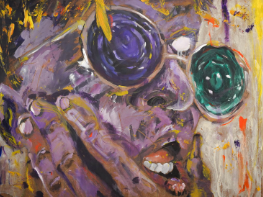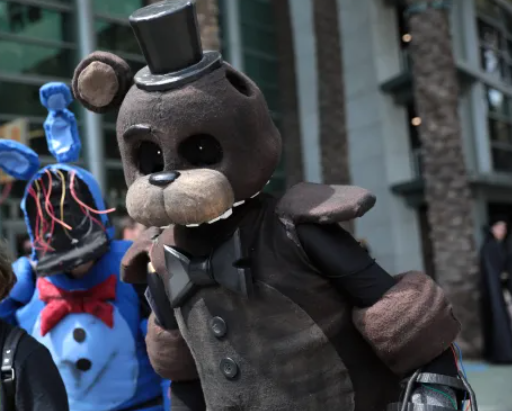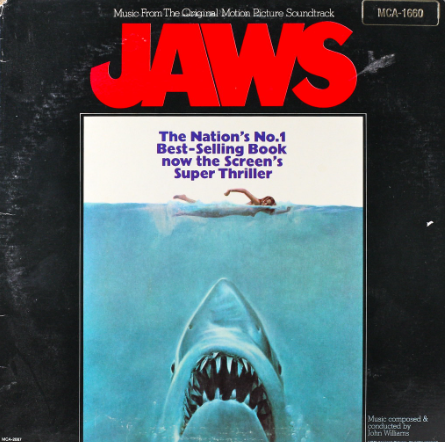Boy bands are getting moved to the backstreets

PHOTO BY YUN Q OBTAINED THROUGH CREATIVE COMMONS
While boy bands are thinning out in numbers, BTS found large success in the late 2010s. “iwm9ks1lc-mx83ej-nx-dje3-jdxm-bts-lal-72j- kdi3-2018-bb5-billboard-su7-1500” by Yun_Q is marked with CC0 1.0. To view the terms, visit https://creativecommons.org/publicdomain/ zero/1.0/?ref=openverse.
May 25, 2023
The ‘90s to early 2000s was a time of bedazzled denim, emerging technology and most notably, boy bands playing nonstop on the radio.
This era marked the rise of iconic boy bands: NSYNC, Backstreet Boys and New Kids on the Block. These groups dominated the charts, sold millions of albums worldwide, and paved the path for future bands such as the Jonas Brothers and One Direction.
It was the golden era of boy bands, in which the members each had carefully crafted, likely even assigned personas. One Direction was one of the many bands with these distinct personalities: Zayn Malik was the bad boy, Harry Styles was the flirt, Liam Payne was the mature one, Nial Horan was the sweet one and Louis Tomlinson was the sassy, life of the party.
Freshman Izzy San Filippo of Wall, an avid listener of One Direction, shares her insight on the different archetypes.
“It has to be relatable but also can’t be too similar because people have types,” San Filippo said. “There’s a formula.”
This formula would set the standard for future boy bands while also shifting the music industry into a series of more playful, oversimplified and youthful ensembles known as bubblegum pop bands. The boys of these bands were the craze of the 1990s, an era that captured the hearts of millions of fans worldwide.
However, as the early 2000s rolled in, the popularity of these groups began to decline. One of the most popular boy bands of the ‘90s, NSYNC, went on an indefinite hiatus in 2002 after Justin Timberlake left to pursue a successful solo career. Similarly, the Backstreet Boys and One Direction, other hugely successful boy bands from the ‘90s and
2010s respectively, saw a decline in their popularity as members drifted off to pursue solo careers and family endeavors.
This rise of solo careers among boy band members in the 2000s was notable, and as a result, these boy bands began to lose their appeal, and the popularity of these groups dwindled. Even as new groups began to shift away from the bubblegum pop bands, their popularity could still not reach the zenith of the 90s boy bands. Bangtan Boys (BTS), a South Korean pop band that got its start in 2013, were one of the few boy bands that had a chance to revive that boy band era. They used social media to promote their group outside of domestic relations, engaging their fans with
live streams, international tours, and meetups. However, despite BTS’s unprecedented popularity online, their total record sales still fall 30 million short compared to the total record sales of the 1990s Backstreet Boys.
The reason for this change is likely to fall upon the actively changing musical technology of new generations. In the 1990s, radio and store-bought records were the only way the average teen could listen to their favorite bands. This allowed many media to feed only the most popular music to radio stations and shows, ultimately increasing the popularity of boy bands and their record sales.
Yet with ways of listening to music and promotion advancing past pre-planned and sponsored radio, fans now have the choice of exploring several other types of music; boy bands just so happen to be missing from most lists.
When asked about the relevancy of boy bands, Freshman Jenna Lynch of Neptune says this: “Right now, I feel like there are definitely not as many, but old boy band music is still alive, thriving, and living. [But] it’s definitely on a decline.”














